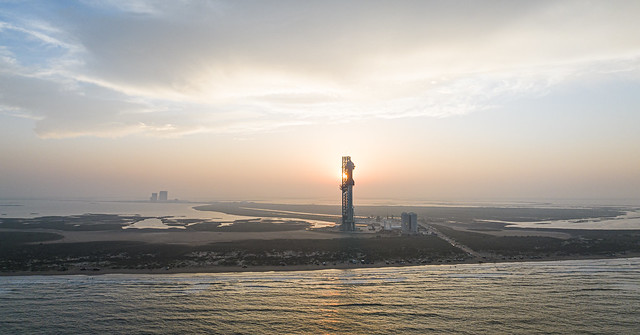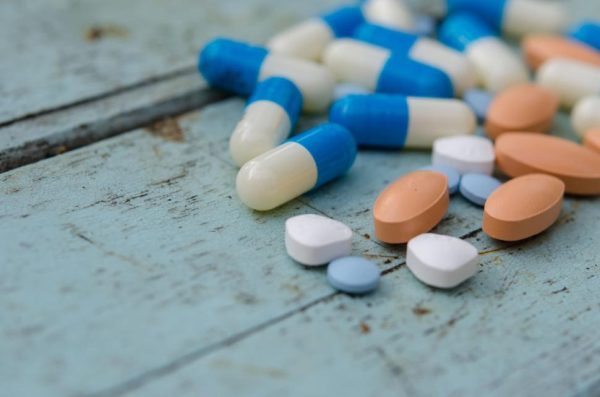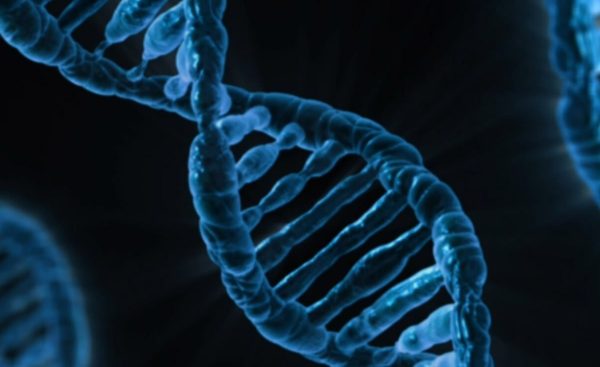SpaceX’s E(X)plosions
Elon Musk’s aerospace company SpaceX has been one of the hottest topics in the tech industry lately. With their recent launches and missions combined with their ambitious promises for the future of space exploration, it’s no wonder SpaceX has become such a major source of interest for both people involved in space exploration, and everyday civilians.
SpaceX’s most recent test flight that caught the attention of so many was their first Starship test flight on April 20, 2023, at the Starlink Base in Texas. The Starship is SpaceX’s carrying rocket, designed to be able to transport both people and cargo into outer space, orbit the Earth, travel to the Moon, and even take us to Mars in the future. It was designed to have a carrying capacity of over 150 tons, which is around 300,000 pounds. SpaceX states that they plan for it to be able to, “carry up to 100 people on long-distance interplanetary flights”, as well as, “help enable satellite delivery, the development of [a private SpaceX] moon base, and point-to-point transport here on Earth.” It was also designed to be able to refill itself in “low earth orbit”, enabling the spacecraft to have the capability to travel as far as Mars, while maintaining its carrying capacity. The Starship is a reusable rocket that runs predominantly on methane and oxygen. Therefore, it is almost like a normal airplane, being able to transport things from place to place over and over again, except it can leave our planet. It also has a significantly lower maintenance rate, as the expensive parts don’t go to waste after just one use.
The reason that this particular launch garnered so much attention was that the ship actually blew itself and a lot of its surroundings up during that test flight. The Starship actually consists of two parts: the booster, or as they like to call it, the Super Heavy, and the actual Starship Rocket. When it was launched, many of the engines failed and the rocket part did not manage to detach itself from the booster, leading it to not garner enough force to retain airtime, as well as wrenching it out of control of SpaceX. Because of this malfunction, they were forced to scrap their initial landing plan, and instead opt to self-destruct the spacecraft. However, Elon Musk revealed that this self-destruct function did not manage to take effect until 40 seconds after being called upon, which is part of the reason that the spacecraft rained debris down on many places in the surrounding area.
Not only did this test launch destroy the spacecraft itself, and much of its launchpad, but it also led to the polluting of much of its surrounding environment. According to CNBC, the company originally estimated, “that in the event of an ‘anomaly,’ they expected debris would fall within a limited, 700-acre area surrounding the launch site”. However, the damage spread as far as two cities and across a waterway, with people reporting broken windows, major shaking from the shockwaves the launch emitted, and “dust and particulate matter that coated their homes, schools, and land unexpectedly”.
Many people are concerned about the impacts of this particulate matter and are worried about the possible detrimental effects of it on the environment and people’s respiratory health. The aftermath of the launch has made it difficult for people to go outside freely, as the dust has not been deemed as safe or unsafe yet. There are many questions raised about the potential consequences the pollution could have on the endangered species in the area. Additionally, many roads were also damaged, cutting off accessibility for people to properly assess the damage that this test launch caused.
Despite this all, Elon Musk has claimed that the launch was a “successful” one, and one that was, “maybe slightly exceeding my expectations”. He says that SpaceX’s goal for this test was just to achieve initial takeoff, something that the Starship did in fact manages to achieve. Musk calls this a great learning experience for the company, and SpaceX says that they “learned a tremendous amount about the vehicle and ground systems that will help [them] improve on future flights of Starship”. And while this ship was destroyed, Musk has said that they can manufacture more than one spaceship at a time, so they plan on improving on their designs, continuing production, and testing this type of spaceship






